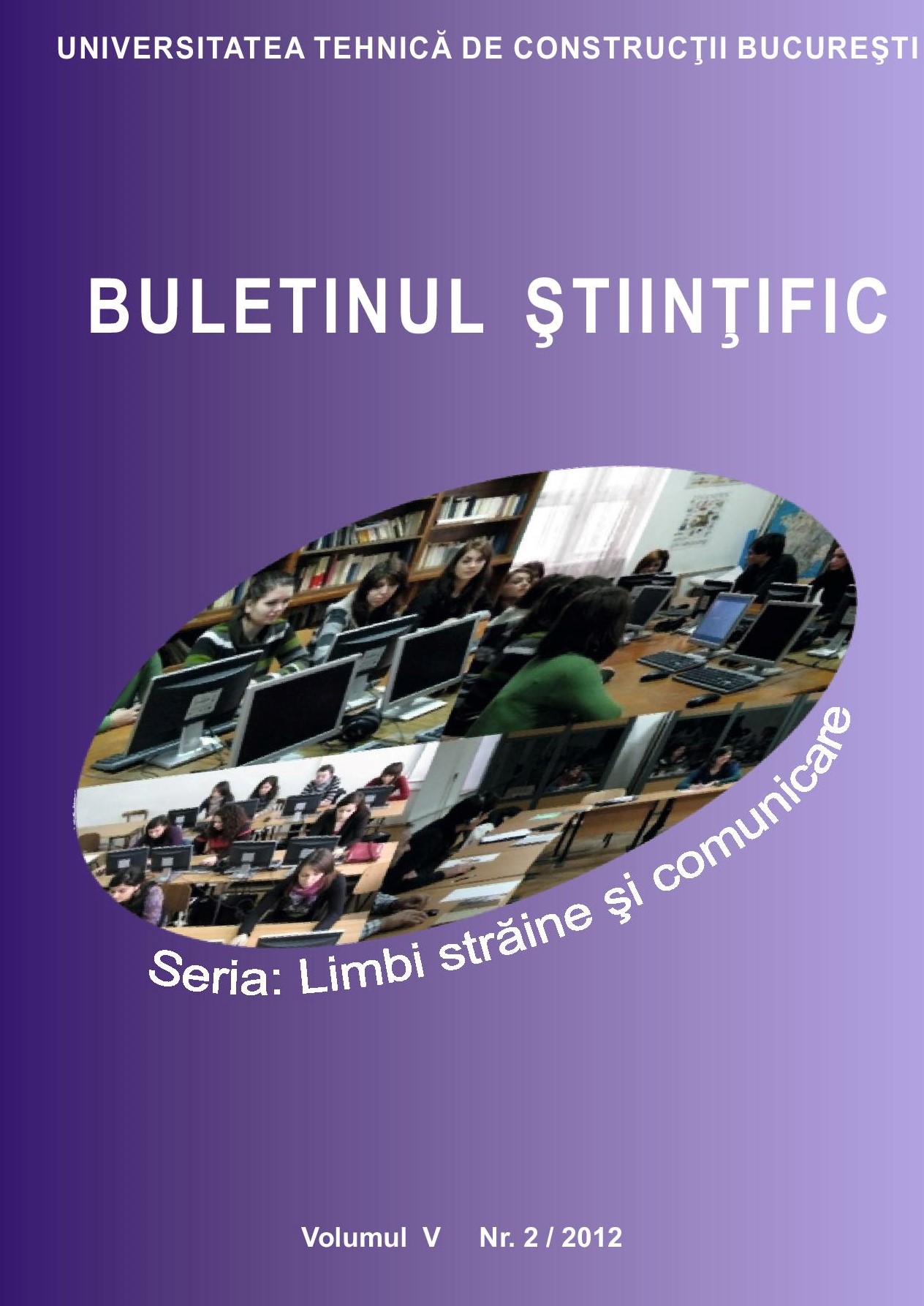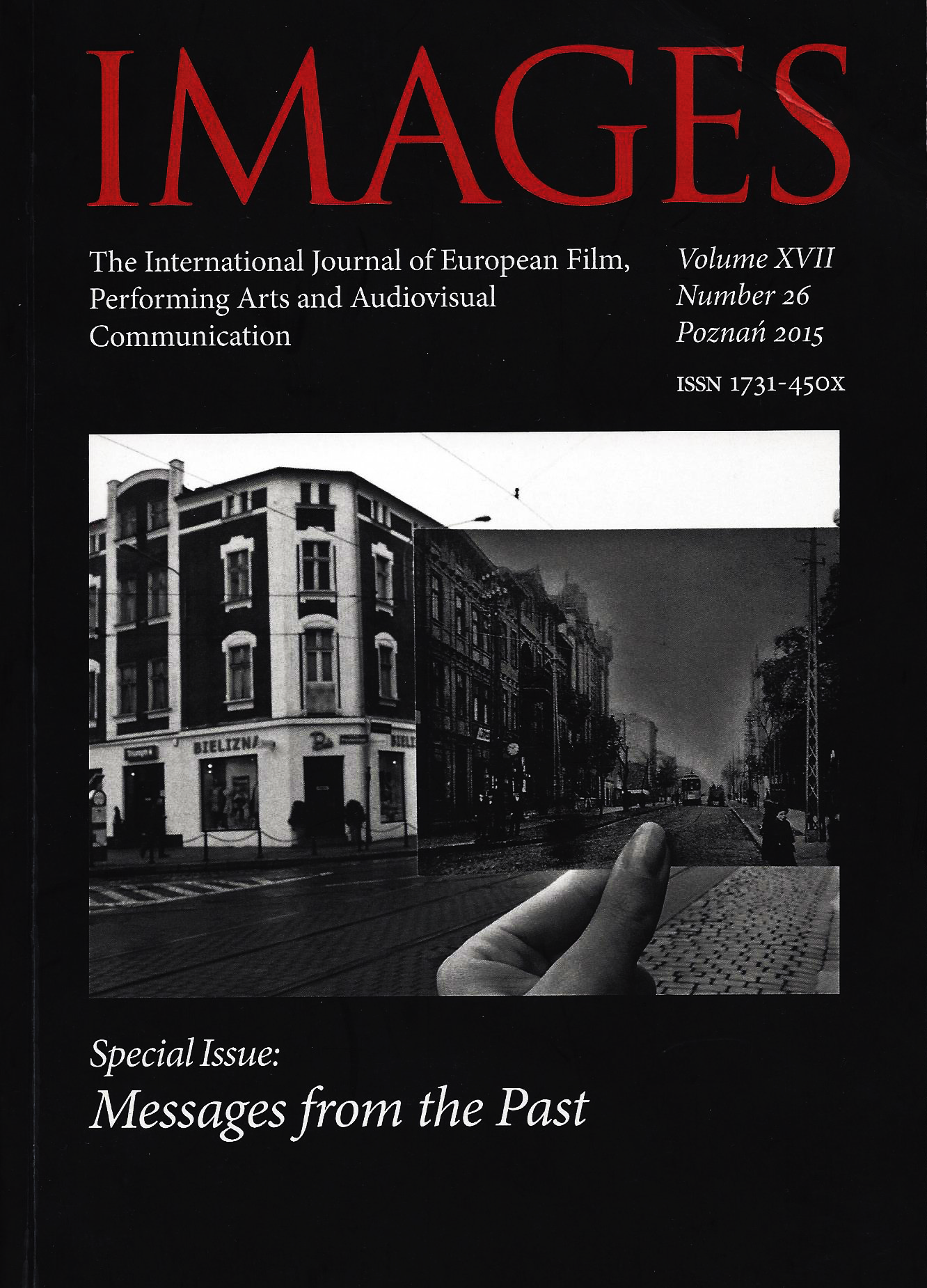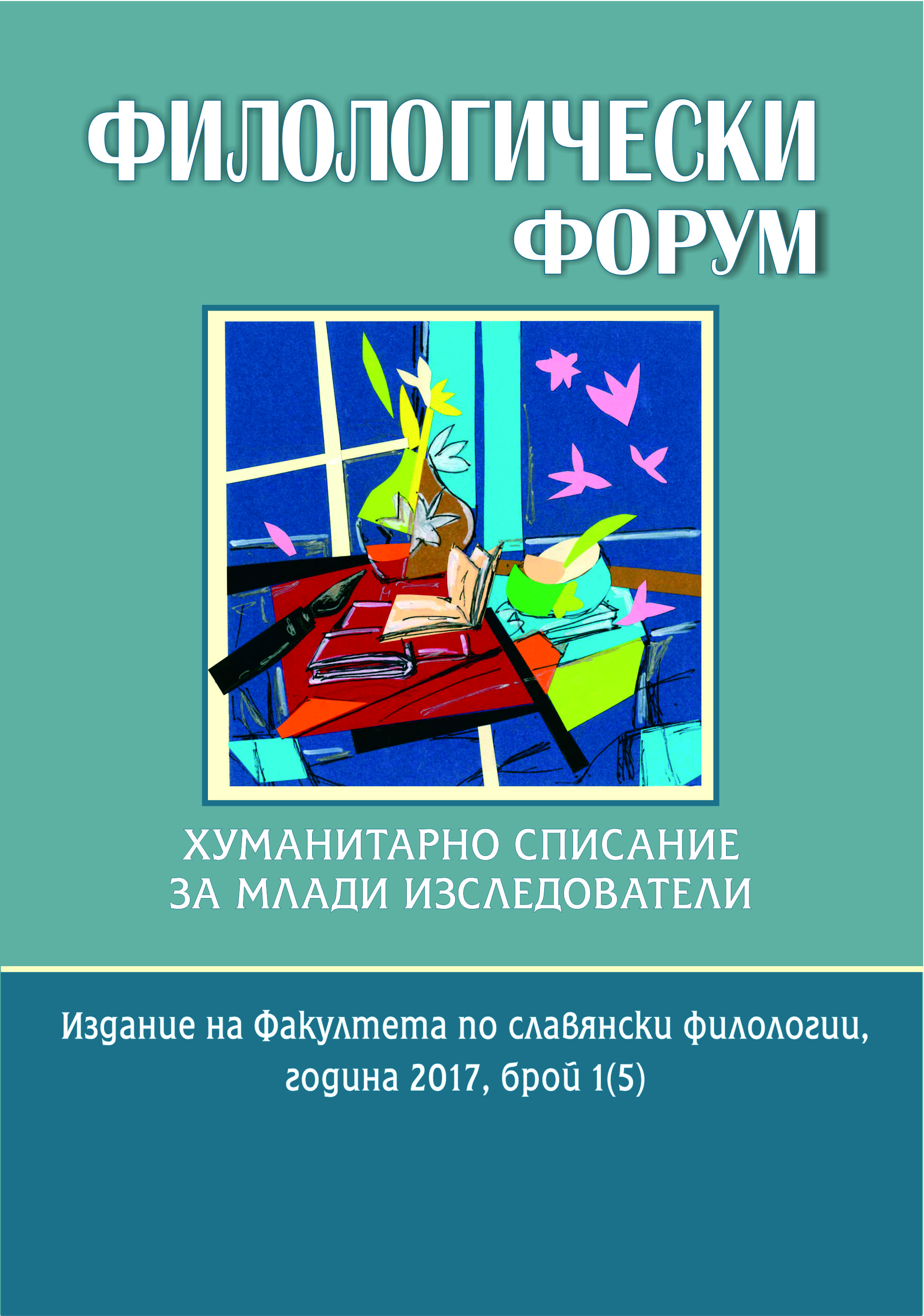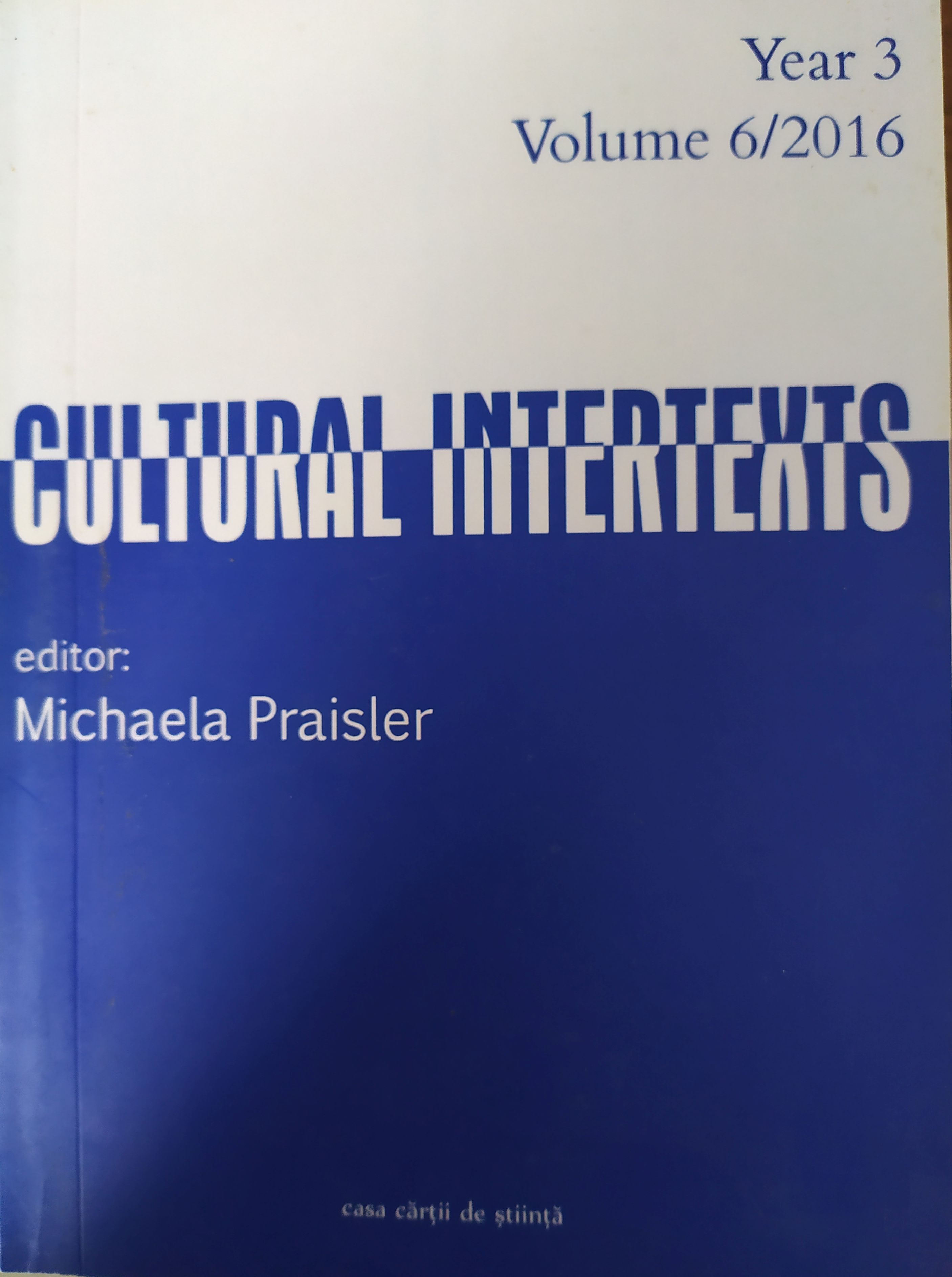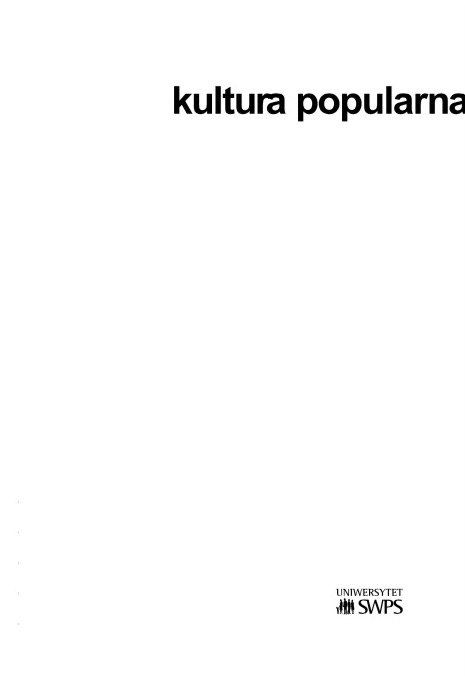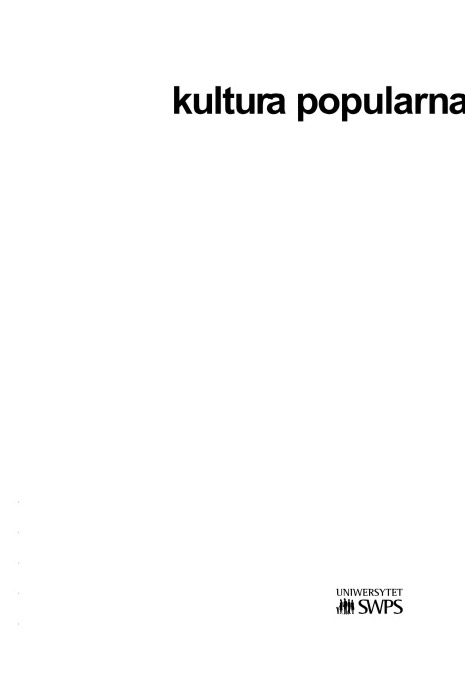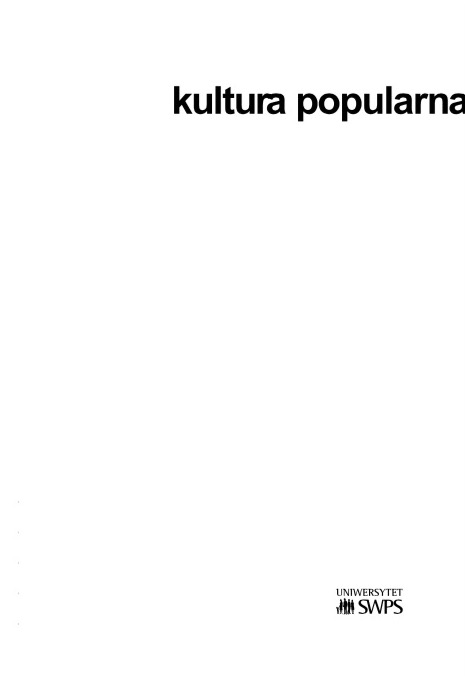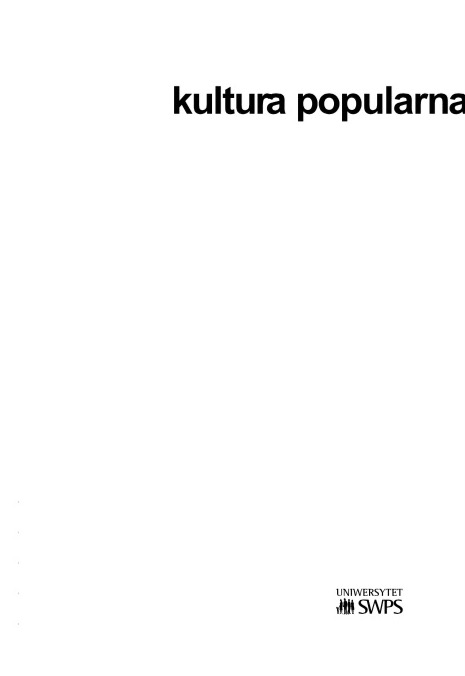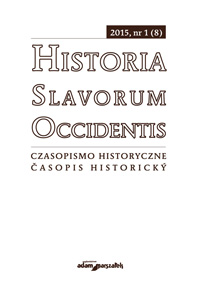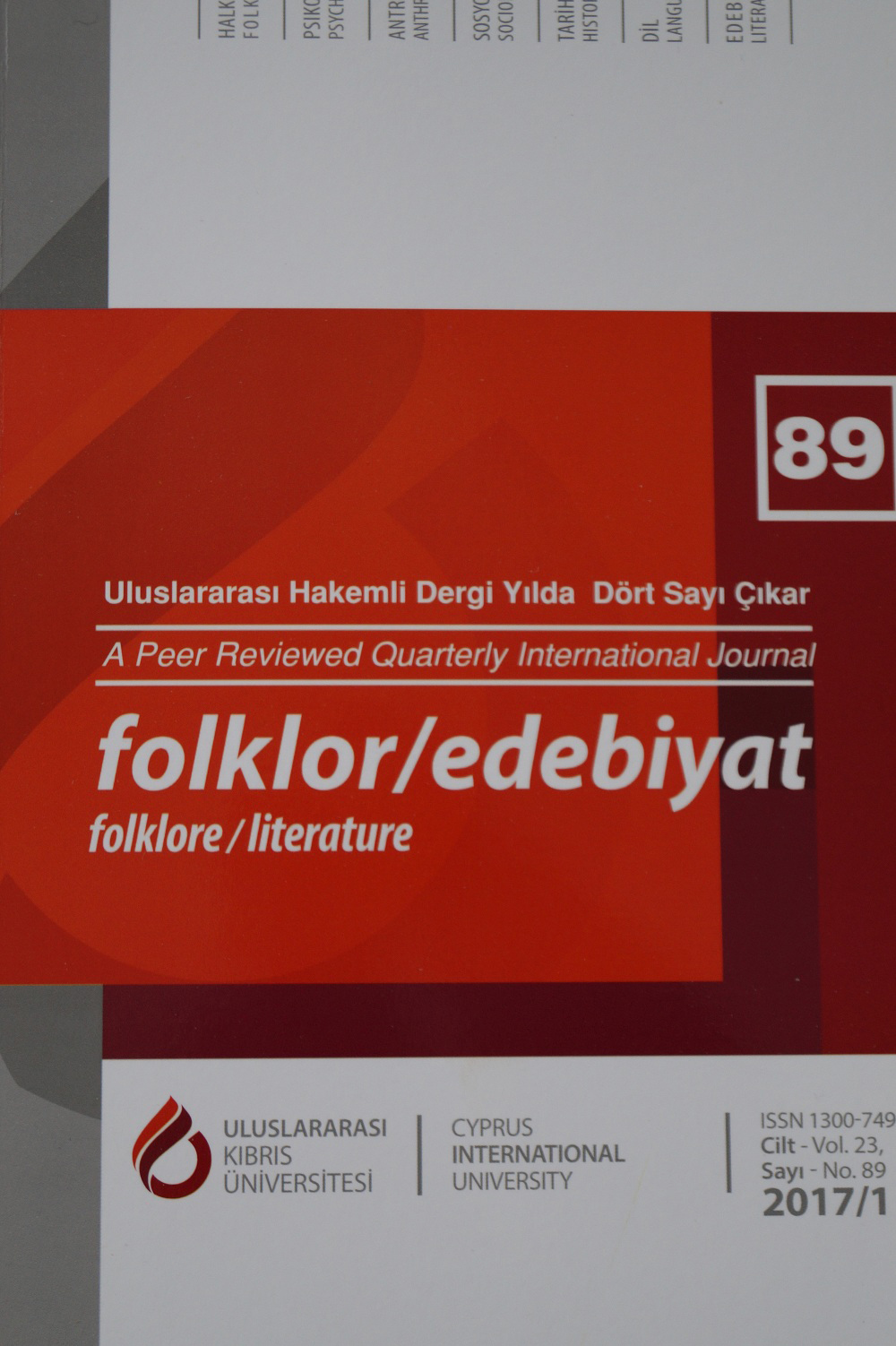
Avro-Amerikan Hegemonyası Ve “Avrupalı Bir Yönetmen” Olarak Lars Von Trier
Lars von Trier’s filmography invites the audience to complex and multi-faceted reflections on Western culture and civilization. The cultural and historical entity, which we term ‘Euro-America’, is located at the center of Trier’s intellectual and artistic endeavor as well as his critique of modernity in a broader sense. This essay presents a discussion on relevant themes and topics underlying Trier’s filmography from the perspective of film study and political science. We present and examine key films by the Danish director with a view to unearth the bases of his approach to interpersonal, political and moral aspects of modernity in general, and to Euro-American civilization in particular. Our investigation traces central elements dominating these works, such as the ideas of collective guilt, penance and human nature, as well as Trier’s perception of European history as a perpetual presence on contemporary Western civilization. We reflect upon Trier’s aesthetic and stylistic choices in these films, and give critical assessments of the ways in which these elements both augment and clash with his deep-seated ‘political claustrophobia’ and complete moral condemnation of Western-bourgeois culture.
More...
